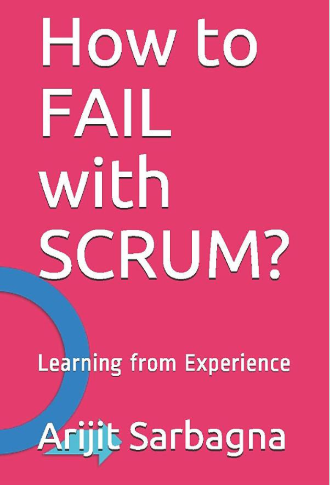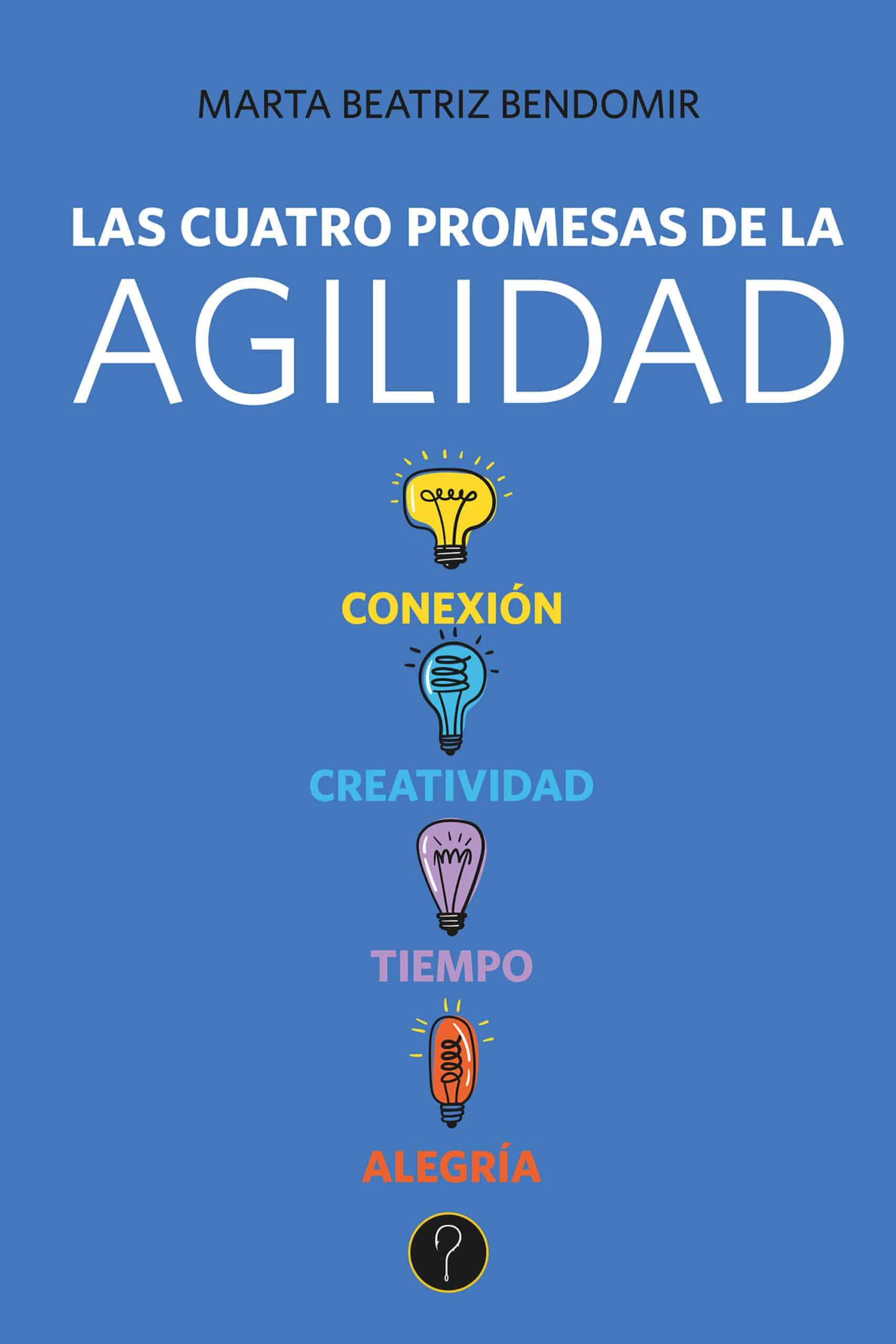Scrum is a simple yet incredibly powerful set of principles and practices that helps teams deliver products in short cycles, enabling fast feedback, continual improvement, and rapid adaptation to change. Sounds good, but it bites! Yes – though it appears extremely simple with 3 roles, 5 ceremonies, and 3 outputs, it is extremely challenging to master. And we complicate it further by unknowingly taking steps – which drifts us even further away from Scrum values. So, by learning the typical FAILURE points, we will learn what NOT to do – so that we may stay on course and achieve what we intend to – using Scrum.







